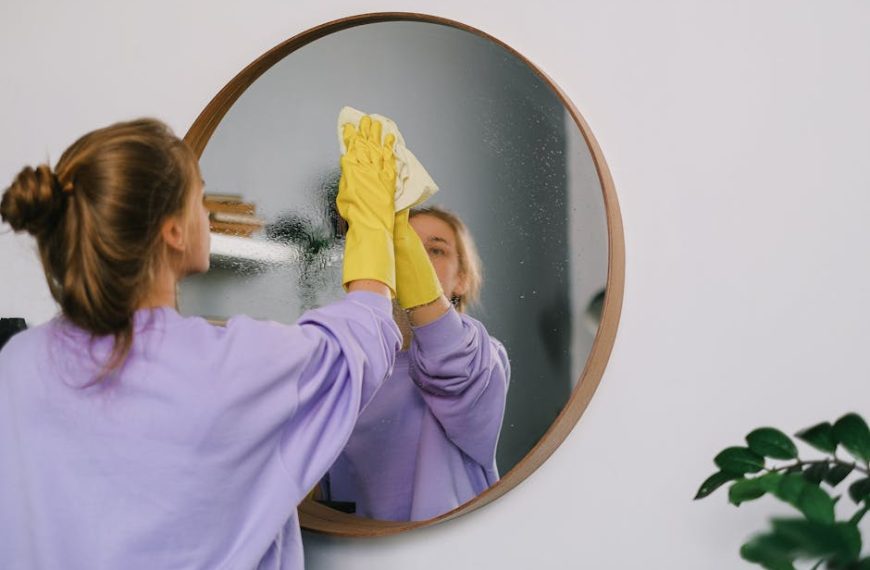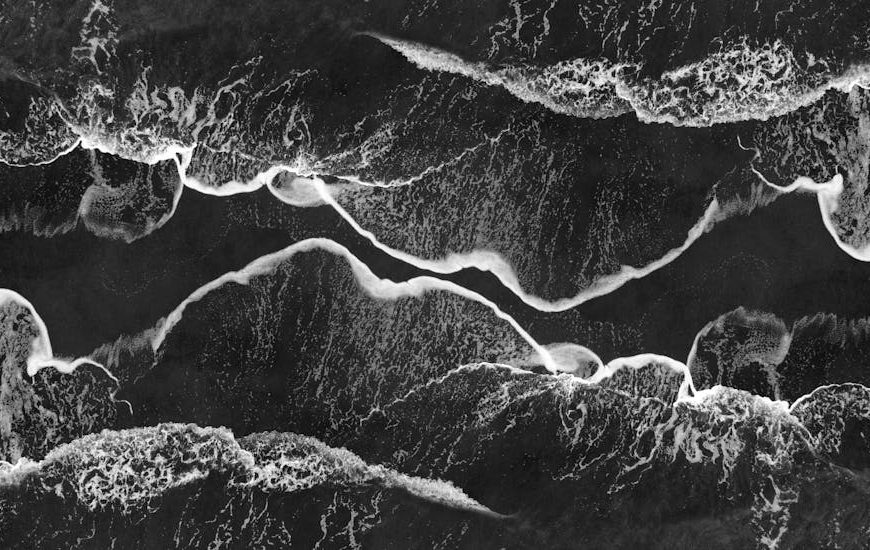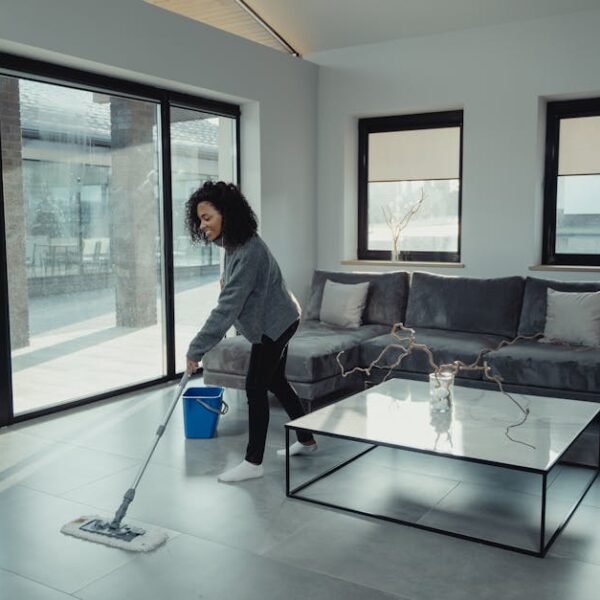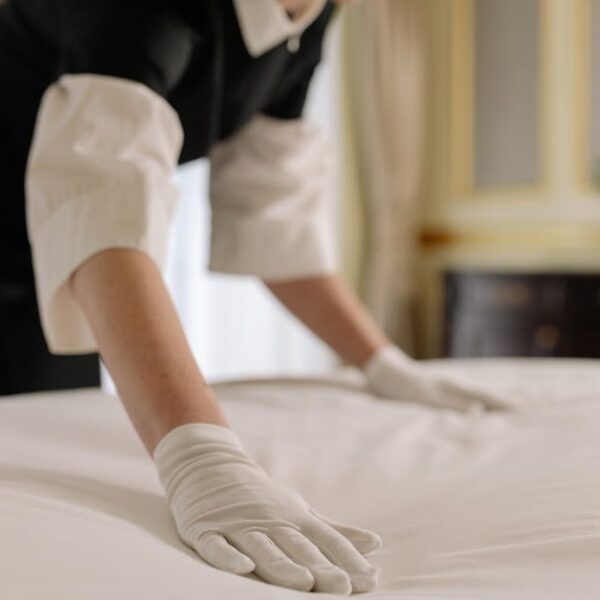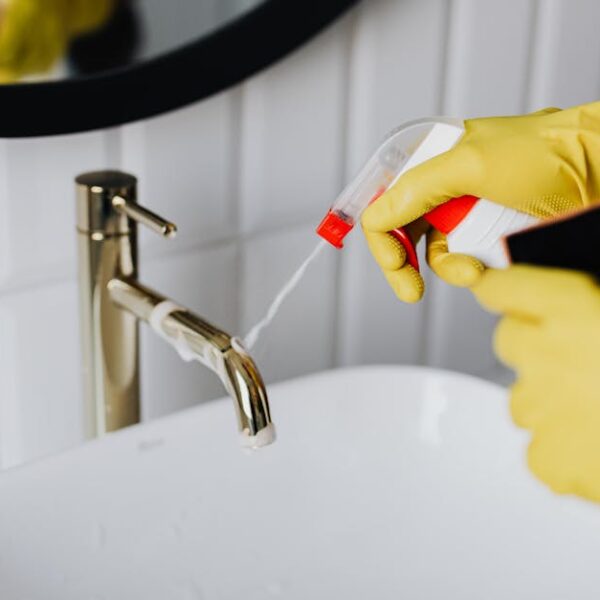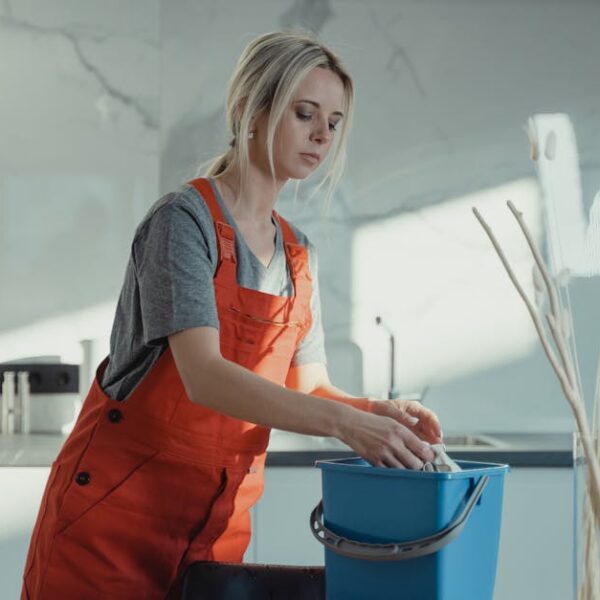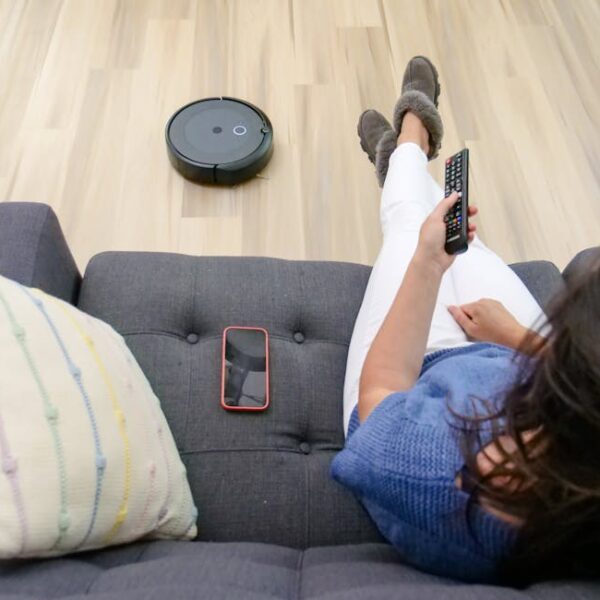Nothing dampens our satisfaction of a clean bathroom quite like the unpleasant sight of a stubborn toilet ring. Yes, it’s a common problem in many households, that unsightly stain circling the bowl, seemingly resistant to even the mightiest scrubbing. But what if we told you there’s a way to effectively remove the toilet ring, without resorting to muscle-crushing, abrasion-causing scrubbing? In this article, we’ll guide you on how to do just that while also covering some of the best practices and quick tips to keep those pesky rings from turning a spotless toilet into a grimy, unsightly mess.
Understanding the Causes of Toilet Rings
Before we plunge into the methods to remove toilet rings, it’s crucial to understand the causes behind their formation. Many factors contribute, such as:
- Hard water deposits: If you live in an area with hard water, calcium and magnesium buildup is probably the culprit.
- Mold and Mildew: Humid, closed conditions make your toilet a perfect breeding ground for molds and mildew, causing dark stains.
- Infrequent Cleaning: Let’s admit it, cleaning the toilet isn’t the most favorable chore. But, ignoring it for too long contributes to toilet ring formation.
- Rust Stains: Iron present in the water leads to rusty brown rings in your toilet.
Remember, regular toilet maintenance and proper cleaning products can combat most of these issues. It’s also essential to control humidity and ventilation in the bathroom to inhibit mold and mildew growth.
The Dangers of Scrubbing The Toilet Ring
Now, it may seem counterintuitive, but arduously scrubbing the toilet ring might do more harm than good. These are some of the problems you may encounter:
- Scratches on the toilet bowl surface: Frequent and harsh scrubbing can lead to micro-scratches that, overtime, accumulate stains more easily.
- Spreading of germs and bacteria: Scrubbing can aerosolize harmful germs, spreading them to other areas of the bathroom.
- Danger of using harsh, abrasive cleaners: These can damage the toilet’s finish and, in worst-case scenarios, can cause burns or eye injuries.
To avoid these risks, consider using a soft cloth or sponge and steer clear of harsh chemical cleaners. And, of course, regular cleaning is the golden rule.
Methods for Removing Toilet Rings without Scrubbing
Now for the heart of the matter—how do you remove toilet rings without turning to scrubbing? A variety of methods promise to provide relief, such as:
- Using vinegar and baking soda: A non-toxic and inexpensive option, when combined, they effervescence and can dissolve hard water stains.
- Denture cleaner tablets: Simply drop one in the bowl overnight, and wake up to a cleaner toilet.
- Pumice stone: Used with gentle pressure, it can remove rings without scratching the bowl surface.
- Bleach Tablets: These can disinfect and clean, but beware, they might damage certain components of the toilet system.
- Hydrochloric acid: This should be your last resort due to its corrosive nature.
Each method has its pros and cons, and selecting the most suitable one depends on the severity of the ring and the material of your toilet bowl.
Preventive Measures to Avoid Toilet Rings
Even better than removing toilet rings? Avoiding them in the first place! Here’re some preventative measures to help keep that toilet spotless:
- Regular cleaning: Sounds simple, but it’s easy to neglect. Frequent cleaning can prevent hard water stains and mold buildup.
- Using toilet cleaners regularly: Your best line of defense. Make it a habit to use toilet cleaners to maintain a spotless bowl.
- Regular monitoring of the toilet bowl: Keep an eye out for the early signs of a ring developing and take action immediately.
Perform regular checks even when the toilet isn’t in use frequently, such as in the guest bathrooms. Dry out the toilet after each cleaning to discourage mold and mildew growth.
Effective Products for a Spotless Toilet
Choosing the right product is as important as the cleaning methods. There’s a wide array of cleaners available, each with its pros and cons:
- Different types of toilet cleaners: Ranging from gels and foams to tablets and bleach, choose one that suits your needs.
- Acid-based cleaners: While these can be effective, they should be used with care due to their corrosive nature.
- Green, eco-friendly cleaners: A safer, yet effective choice for environmentally conscious homeowners.
Consider the value for money and availability of the products. To help you choose, let’s take a look at a comparison of popular cleaning products:
| Product | Effectiveness | Price | Eco-friendly |
|---|---|---|---|
| Clorox Toilet Bowl Cleaner | High | $$ | No |
| Scrubbing Bubbles Toilet Cleaner | Medium | $ | No |
| Green Works Toilet Bowl Cleaner | Medium | $$ | Yes |
Use each cleaner in a manner that aligns with the specific needs of your toilet. Bear in mind the type and severity of the stains, the frequency of the cleaning required, and your personal safety. Remember, a clean, ring-free toilet is both a hygiene necessity and a visual treat! Keep these tips handy to ensure your toilet is ever-sparkling, inviting, and as refreshing as it can be!
Key Takeaway:
- Understanding the causes of toilet rings – hard water deposits, mold and mildew, infrequent cleaning, and rust stains – can help in preventing and treating them.
- Avoid excessive scrubbing of toilet rings as it can lead to scratches on the toilet bowl surface, spread germs and bacteria, and also pose a danger if harsh cleaners are used.
- Several methods like using vinegar and baking soda, denture cleaner tablets, pumice stone, bleach tablets, and hydrochloric acid can help remove toilet rings without scrubbing.
- Regular cleaning, using toilet cleaners regularly, and monitoring the toilet bowl are preventive measures to avoid having toilet rings.
- Making the right choice of cleaning product is crucial. Options include different types of toilet cleaners, acid-based cleaners, and eco-friendly cleaners.
Caring for our toilets shouldn’t be a daunting task, and with the right knowledge and tools, it isn’t! Keep your toilet fresh and clean with regular maintenance, a keen eye for signs of trouble, and the right cleaning techniques. Tackle toilet rings confidently and responsibly with the insights shared in this article.
FAQs
Q: Can toilet rings be prevented from forming, or is it an unavoidable issue?
A: Yes, toilet rings can be prevented. Strategies include regular in-depth cleaning, using good quality toilet cleaners, and monitoring the toilet bowl for early signs of ring formation.
Q: Is it safe to use acid-based cleaners for removing toilet rings?
A: While they can be effective, acid-based cleaners should be used with care due to their corrosive nature. Always follow the instructions on the product and ensure good ventilation during cleaning to minimize risks.
Q: Is it necessary to buy expensive cleaning products for maintaining a spotless toilet?
A: Not necessarily. Home options like vinegar and baking soda can effectively clean toilet rings too. The right product for you depends on the severity of the stain and your cleaning preferences.
Q: Are eco-friendly toilet cleaners as effective as regular ones?
A: Yes, many eco-friendly options on the market are effective in maintaining a clean toilet. They’re a safer choice too, especially for households with children or pets.
Q: How often should the toilet be cleaned to prevent ring formation?
A: While there’s no hard-and-fast rule, it’s generally advisable to clean the toilet at least once a week and to monitor it regularly for signs of stains or mold.
Encourage others to maintain a clean and healthy home by sharing this informative article. For more insights on home maintenance, explore our other posts!

